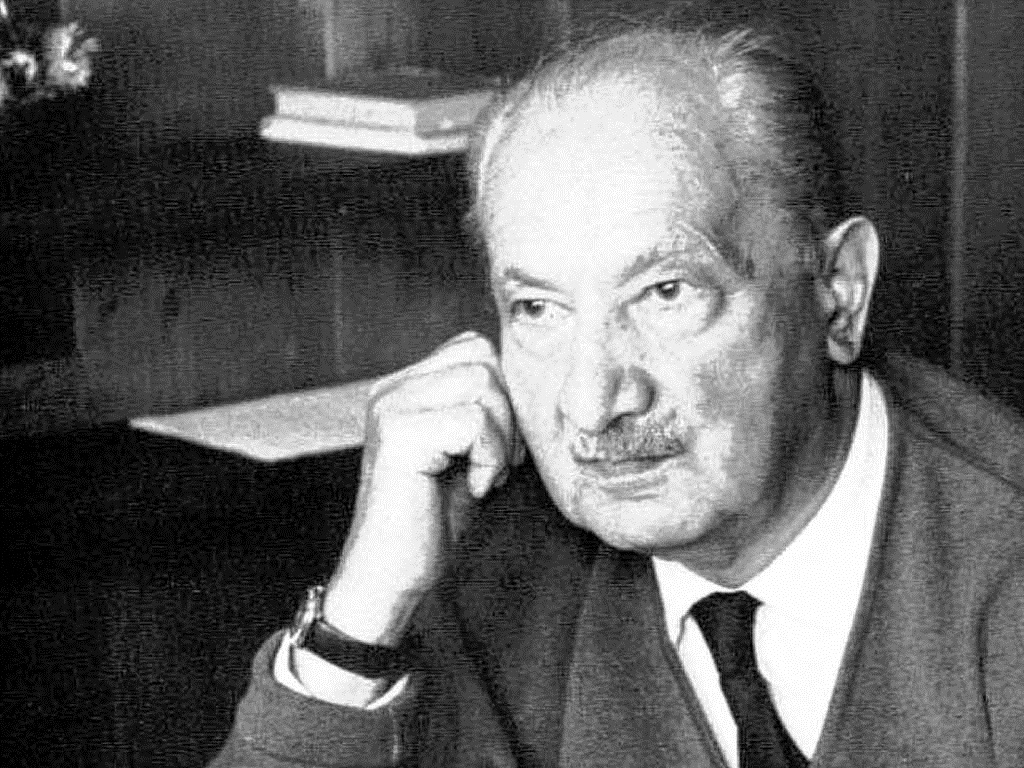



 Portrait_of_Alexander_Pushkin_(Orest_Kiprensky%2C_1827).PNG/1200px-Portrait_of_Alexander_Pushkin_(Orest_Kiprensky%2C_1827).PNG" height="200px" />
Portrait_of_Alexander_Pushkin_(Orest_Kiprensky%2C_1827).PNG/1200px-Portrait_of_Alexander_Pushkin_(Orest_Kiprensky%2C_1827).PNG" height="200px" />
 Portrait_of_Charles_Baudelaire%2C_circa_1862.jpg/800px-%C3%89tienne_Carjat%2C_Portrait_of_Charles_Baudelaire%2C_circa_1862.jpg" height="200px" />
Portrait_of_Charles_Baudelaire%2C_circa_1862.jpg/800px-%C3%89tienne_Carjat%2C_Portrait_of_Charles_Baudelaire%2C_circa_1862.jpg" height="200px" />
 Portrait.jpg/300px-Nikolai_Nikitin_Portrait.jpg" height="200px" />
Portrait.jpg/300px-Nikolai_Nikitin_Portrait.jpg" height="200px" />
 Portrait_%28cropped%29.jpg/220px-Alex_Jones_Portrait_%28cropped%29.jpg" height="200px" />
Portrait_%28cropped%29.jpg/220px-Alex_Jones_Portrait_%28cropped%29.jpg" height="200px" />
 Portrait_of_Ken_Howard%2C_Episcopal_Priest%2C_with_cross_and_star_of_david_stoll.jpg/440px-Portrait_of_Ken_Howard%2C_Episcopal_Priest%2C_with_cross_and_star_of_david_stoll.jpg" />
Portrait_of_Ken_Howard%2C_Episcopal_Priest%2C_with_cross_and_star_of_david_stoll.jpg/440px-Portrait_of_Ken_Howard%2C_Episcopal_Priest%2C_with_cross_and_star_of_david_stoll.jpg" />
 Portrait_2015_%28cropped%29.jpg/322px-William_MacAskill_Portrait_2015_%28cropped%29.jpg" height="250px" />
Portrait_2015_%28cropped%29.jpg/322px-William_MacAskill_Portrait_2015_%28cropped%29.jpg" height="250px" />
 Portrait_of_a_Man_Said_to_be_Christopher_Columbus-e1539017744954-1024x640.jpg" />
Portrait_of_a_Man_Said_to_be_Christopher_Columbus-e1539017744954-1024x640.jpg" />
 Portrait_Pierre-Joseph_Proudhon_%28cropped%29.jpg/520px-Portrait_Pierre-Joseph_Proudhon_%28cropped%29.jpg" />
Portrait_Pierre-Joseph_Proudhon_%28cropped%29.jpg/520px-Portrait_Pierre-Joseph_Proudhon_%28cropped%29.jpg" />
 Portrait_of_Ruhollah_Khomeini.jpg/330px-Portrait_of_Ruhollah_Khomeini.jpg" height="400" />
Portrait_of_Ruhollah_Khomeini.jpg/330px-Portrait_of_Ruhollah_Khomeini.jpg" height="400" />
 Portrait_of_Pope_Pius_IV%2C_three-quarter-length%2C_seated_at_a_draped_table_%28Circle_of_Scipione_Pulzone%29.jpg/500px-Portrait_of_Pope_Pius_IV%2C_three-quarter-length%2C_seated_at_a_draped_table_%28Circle_of_Scipione_Pulzone%29.jpg" />
Portrait_of_Pope_Pius_IV%2C_three-quarter-length%2C_seated_at_a_draped_table_%28Circle_of_Scipione_Pulzone%29.jpg/500px-Portrait_of_Pope_Pius_IV%2C_three-quarter-length%2C_seated_at_a_draped_table_%28Circle_of_Scipione_Pulzone%29.jpg" />